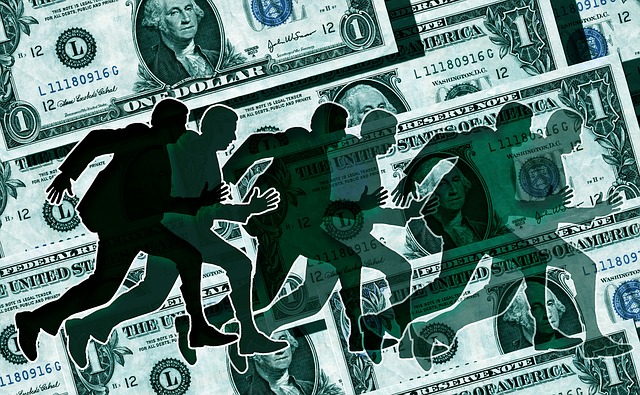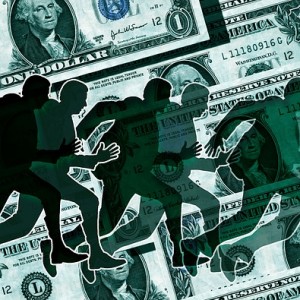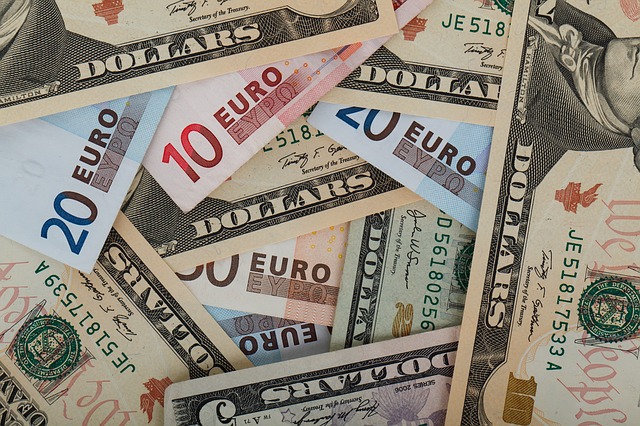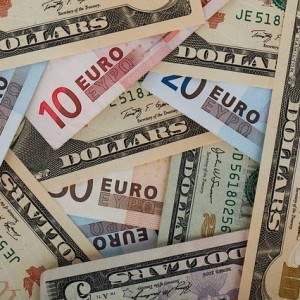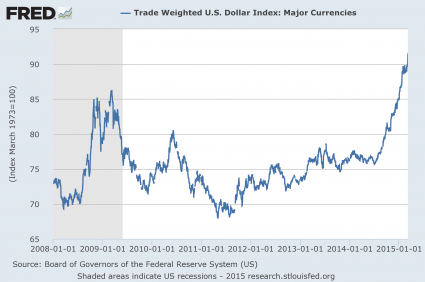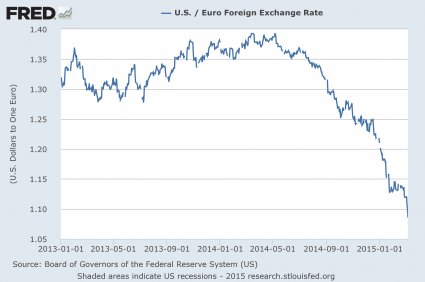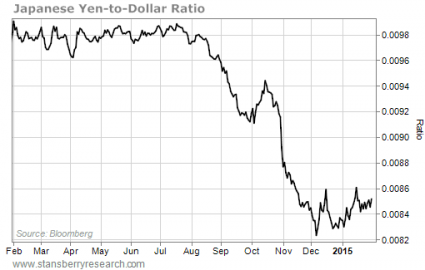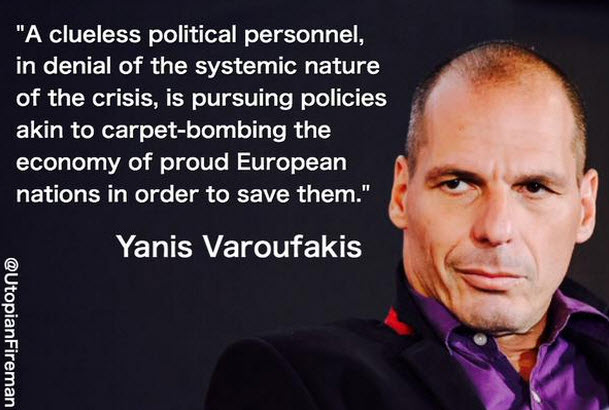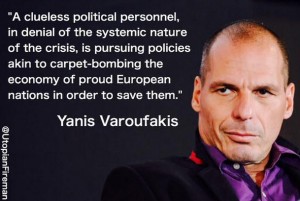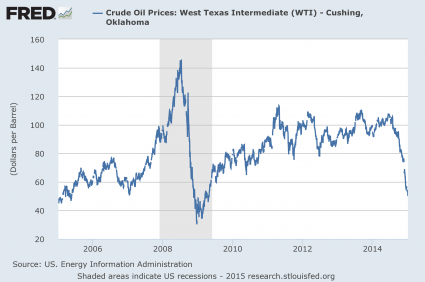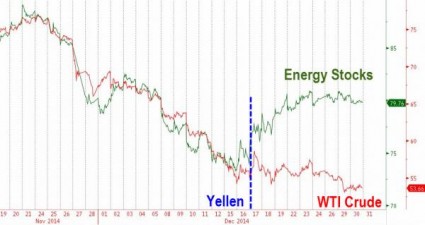 After all these years, the most famous investor in the world still believes that derivatives are financial weapons of mass destruction. And you know what? He is exactly right. The next great global financial collapse that so many are warning about is nearly upon us, and when it arrives derivatives are going to play a starring role. When many people hear the word “derivatives”, they tend to tune out because it is a word that sounds very complicated. And without a doubt, derivatives can be enormously complex. But what I try to do is to take complex subjects and break them down into simple terms. At their core, derivatives represent nothing more than a legalized form of gambling. A derivative is essentially a bet that something either will or will not happen in the future. Ultimately, someone will win money and someone will lose money. There are hundreds of trillions of dollars worth of these bets floating around out there, and one of these days this gigantic time bomb is going to go off and absolutely cripple the entire global financial system.
After all these years, the most famous investor in the world still believes that derivatives are financial weapons of mass destruction. And you know what? He is exactly right. The next great global financial collapse that so many are warning about is nearly upon us, and when it arrives derivatives are going to play a starring role. When many people hear the word “derivatives”, they tend to tune out because it is a word that sounds very complicated. And without a doubt, derivatives can be enormously complex. But what I try to do is to take complex subjects and break them down into simple terms. At their core, derivatives represent nothing more than a legalized form of gambling. A derivative is essentially a bet that something either will or will not happen in the future. Ultimately, someone will win money and someone will lose money. There are hundreds of trillions of dollars worth of these bets floating around out there, and one of these days this gigantic time bomb is going to go off and absolutely cripple the entire global financial system.
Back in 2002, legendary investor Warren Buffett shared the following thoughts about derivatives with shareholders of Berkshire Hathaway…
The derivatives genie is now well out of the bottle, and these instruments will almost certainly multiply in variety and number until some event makes their toxicity clear. Central banks and governments have so
far found no effective way to control, or even monitor, the risks posed by these contracts. In my view, derivatives are financial weapons of mass destruction, carrying dangers that, while now latent, are potentially lethal.
Those words turned out to be quite prophetic. Derivatives have definitely multiplied in variety and number since that time, and it has become abundantly clear how toxic they are. Derivatives played a substantial role in the financial meltdown of 2008, but we still haven’t learned our lessons. Today, the derivatives bubble is even larger than it was just before the last financial crisis, and it could absolutely devastate the global financial system at any time.
During one recent interview, Buffett was asked if he is still convinced that derivatives are “weapons of mass destruction”. He told the interviewer that he believes that they are, and that “at some point they are likely to cause big trouble”…
Thirteen years after describing derivatives as “weapons of mass destruction” Warren Buffett has reaffirmed his view that they pose a threat to the global economy and financial markets.
In an interview with Chanticleer this week, Buffett said that “at some point they are likely to cause big trouble“.
“Derivatives, lend themselves to huge amounts of speculation,” he said.
Most of the time, the big banks that do most of the trading in these derivatives do very well. They use extremely sophisticated computer algorithms that help them come out on the winning end of these bets most of the time.
But when there is some sort of unforeseen event that suddenly causes a massive shift in the marketplace, that can cause tremendous problems. This is something that Buffett discussed during his recent interview…
“The problem arises when there is a discontinuity in the market for some reason or another.
“When the markets closed like it was for a few days after 9/11 or in World War I the market was closed for four or five months – anything that disrupts the continuity of the market when you have trillions of dollars of nominal amounts outstanding and no ability to settle up and who knows what happens when the market reopens,” he said.
So if the markets behave fairly calmly and predictably, the derivatives bubble probably will not burst.
But no balancing act of this nature ever lasts forever. Just remember what happened in 2008. Lehman Brothers collapsed and then the financial system virtually froze up. According to Forbes, at that time almost everyone was afraid to deal with the big banks because nobody was quite sure how much exposure they had to these risky derivatives…
Fast forward to the financial meltdown of 2008 and what do we see? America again was celebrating. The economy was booming. Everyone seemed to be getting wealthier, even though the warning signs were everywhere: too much borrowing, foolish investments, greedy banks, regulators asleep at the wheel, politicians eager to promote home-ownership for those who couldn’t afford it, and distinguished analysts openly predicting this could only end badly. And then, when Lehman Bros fell, the financial system froze and world economy almost collapsed. Why?
The root cause wasn’t just the reckless lending and the excessive risk taking. The problem at the core was a lack of transparency. After Lehman’s collapse, no one could understand any particular bank’s risks from derivative trading and so no bank wanted to lend to or trade with any other bank. Because all the big banks’ had been involved to an unknown degree in risky derivative trading, no one could tell whether any particular financial institution might suddenly implode.
After the crisis, we were promised that something would be done about the “too big to fail” problem.
But instead, the problem of “too big to fail” is now larger than ever.
Since the last financial crisis, the four largest banks in the country have gotten approximately 40 percent larger. Today, the five largest banks account for approximately 42 percent of all loans in the United States, and the six largest banks account for approximately 67 percent of all assets in our financial system. Without those banks, we would not have much of an economy left at all.
Meanwhile, smaller banks have been going out of business or have been swallowed up by the big banks at a staggering rate. Incredibly, there are 1,400 fewer small banks in operation today than there were when the last financial crisis erupted.
So we cannot afford for these “too big to fail” banks to actually fail. Even the failure of a single one would cause a national financial nightmare. The “too big to fail” banks that I am talking about are JPMorgan Chase, Citibank, Goldman Sachs, Bank of America, Morgan Stanley and Wells Fargo. When you total up the exposure to derivatives that all of them currently have, it comes to a grand total of more than 278 trillion dollars. But when you total up all of the assets of all six banks combined, it only comes to a grand total of about 9.8 trillion dollars. In other words, the “too big to fail” banks have exposure to derivatives that is more than 28 times the size of their total assets.
I have shared the following numbers with my readers before, but it is absolutely crucial that we all understand how exceedingly vulnerable our financial system really is. These numbers come directly from the OCC’s most recent quarterly report (see Table 2), and they reveal a recklessness that is almost beyond words…
JPMorgan Chase
Total Assets: $2,573,126,000,000 (about 2.6 trillion dollars)
Total Exposure To Derivatives: $63,600,246,000,000 (more than 63 trillion dollars)
Citibank
Total Assets: $1,842,530,000,000 (more than 1.8 trillion dollars)
Total Exposure To Derivatives: $59,951,603,000,000 (more than 59 trillion dollars)
Goldman Sachs
Total Assets: $856,301,000,000 (less than a trillion dollars)
Total Exposure To Derivatives: $57,312,558,000,000 (more than 57 trillion dollars)
Bank Of America
Total Assets: $2,106,796,000,000 (a little bit more than 2.1 trillion dollars)
Total Exposure To Derivatives: $54,224,084,000,000 (more than 54 trillion dollars)
Morgan Stanley
Total Assets: $801,382,000,000 (less than a trillion dollars)
Total Exposure To Derivatives: $38,546,879,000,000 (more than 38 trillion dollars)
Wells Fargo
Total Assets: $1,687,155,000,000 (about 1.7 trillion dollars)
Total Exposure To Derivatives: $5,302,422,000,000 (more than 5 trillion dollars)
Since the United States was first established, the U.S. government has run up a total debt of a bit more than 18 trillion dollars. It is the biggest mountain of debt in the history of the planet, and it has grown so large that it is literally impossible for us to pay it off at this point.
But the top five banks in the list above each have exposure to derivatives that is more than twice the size of the national debt, and several of them have exposure to derivatives that is more than three times the size of the national debt.
That is why I keep saying that there will not be enough money in the entire world to bail everyone out when this derivatives bubble finally implodes.
Warren Buffett is entirely correct about derivatives – they truly are weapons of mass destruction that could destroy the entire global financial system at any time.
So as we move into the second half of this year and beyond, you will want to watch for terms like “derivatives crisis” or “derivatives crash” in news reports. When derivatives start making front page news, that will be a really, really bad sign.
Our financial system has been transformed into the largest casino in the history of the planet. For the moment, the roulette wheels are still spinning and everyone is happy. But sooner or later, a “black swan event” will happen that nobody expected, and then all hell will break loose.




